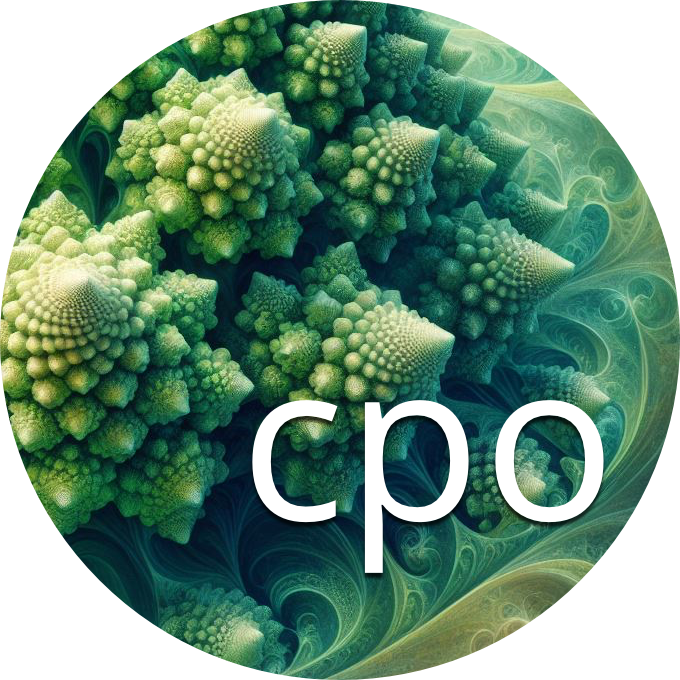The Vital Network: An Algorithmic Milieu of Communication and Control
Abstract
The biological turn in computing has influenced the development of algorithmic control and what I call the vital network: a dynamic, relational, and generative assemblage that is self-organizing in response to the heterogeneity of contemporary network processes, connections, and communication. I discuss this biological turn in computation and control for communication alongside historically significant developments in cybernetics that set out the foundation for the development of self-regulating computer systems. Control is shifting away from models that historically relied on the human-animal model of cognition to govern communication and control, as in early cybernetics and computer science, to a decentred, nonhuman model of control by algorithm for communication and networks. To illustrate the rise of contemporary algorithmic control, I outline a particular example, that of the biologically-inspired routing algorithm known as a ‘quorum sensing’ algorithm. The increasing expansion of algorithms as a sense-making apparatus is important in the context of social media, but also in the subsystems that coordinate networked flows of information. In that domain, algorithms are not inferring categories of identity, sociality, and practice associated with Internet consumers, rather, these algorithms are designed to act on information flows as they are transmitted along the network. The development of autonomous control realized through the power of the algorithm to monitor, sort, organize, determine, and transmit communication is the form of control emerging as a postscript to Gilles Deleuze’s ‘postscript on societies of control.’
Keywords: vital network, communication, algorithm, control, Deleuze
How to Cite:
Robinson, S., PhD, (2016) “The Vital Network: An Algorithmic Milieu of Communication and Control”, communication +1 5(1). doi: https://doi.org/10.7275/R5416V0R
Downloads:
Download PDF
View PDF
867 Views
124 Downloads
